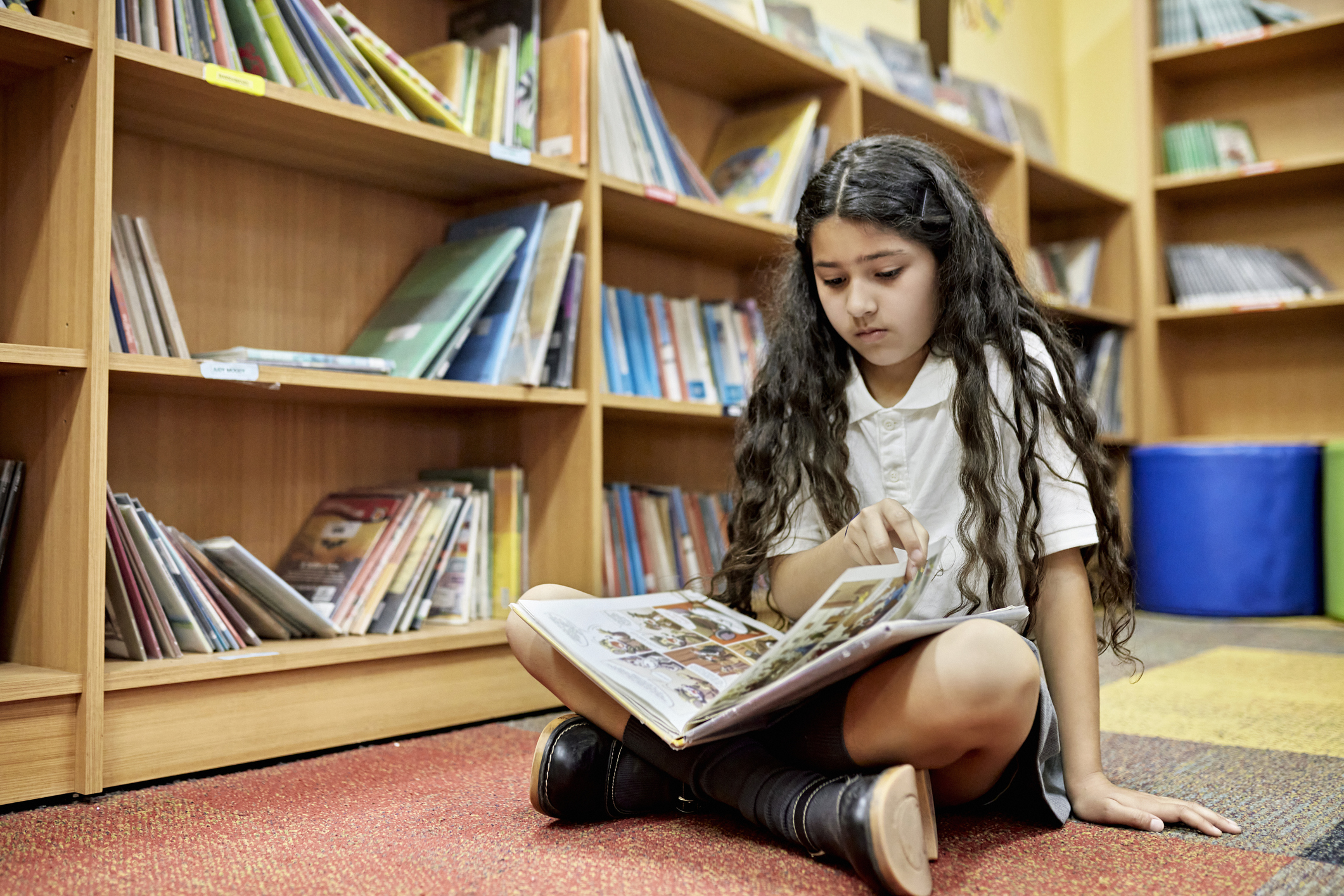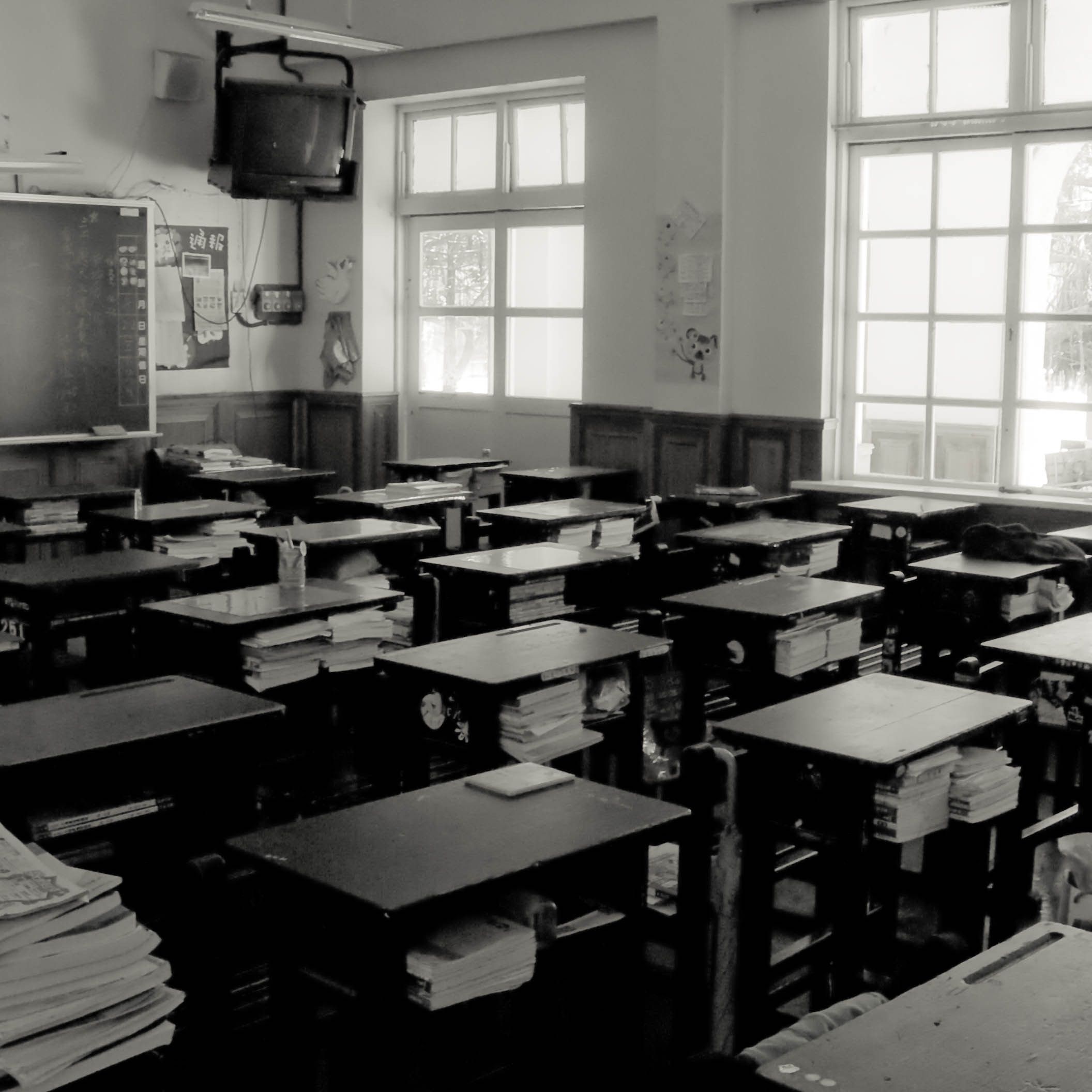4 Book Campaigns Bridging the Reading Literacy Divide
Research shows that having books in the home has many benefits for children, including academic achievement, cultural awareness, and more.
by Aziah Siid
Experts have long considered reading the cornerstone of K-12 education. Besides helping practice literacy basics — letters, words, sentence structure — and helping shape school readiness, books can unlock a child’s imagination, transport them to different worlds and set them up for lifelong learning.
But there is a literacy gap: Black children, Hispanic children, and children from lower-income households “enter kindergarten with substantially lower reading skills than do their White and higher-income peers,” according to the Department of Education. Experts say households with little or no books at home are associated with literacy levels below 50%.
Fortunately, there are organizations across the country that are working to bridge that gap.
From laundromats to barbershops, these organizations are putting free books in the hands of kids who could use them most — helping prepare children for kindergarten, keeping elementary students’ minds active and helping convince Black boys that reading isn’t just for girls.
Here are four book campaigns looking to bridge the reading literacy divide:
1. The 100 Book Campaign
Launched as a local book drive in Baltimore, the 100 Book Campaign wants to put 20,000 books into the homes of 200 city students this year. The kids need the help: research shows just 24% of Baltimore students are proficient in reading/English language arts, and in Baltimore County, around half of students are proficient readers.
The 100 Book campaign’s goal is to “remove barriers to students receiving books and build strong reading habits at home,” according to their press release. Studies show that students from homes with at least 80 books have average literacy levels, which served as inspiration for the campaign founder Nicole Johnson to help foster reading proficiency and a love of reading through home libraries.
2. Barbershop Books
The statistics aren’t encouraging: some 82% of Black 4th-grade boys are not proficient in reading, around 70% of public school elementary teachers in the U.S. are white, and a majority of Black boys are raised by single mothers. Not many reading role models in sight.
Enter Barbershop Books, a nonprofit designed to entice Black boys to read by placing free “boy-approved” books — titles tailored to their interests, like ‘Jabari Jumps,’ by Gaia Cornwell, — and placing them in barbershops, a male-centered space where Black men offer encouragement and support.
The setting, and positive reinforcement, are important in getting boys to love reading.
“Early, positive, and culturally meaningful reading experiences cultivate children’s reading identity,” according to the organization’s website. “When children identify as readers, they read for fun and perform better in reading.”
3. Laundromat Library League
The Laundromat Library League, also known as LLL, began in 2014 with an idea: encourage children to read, and help out their busy mothers, by placing free books in participating coin-operated laundromats, which often are located in low-income minority neighborhoods..
“We do this by placing small ‘library boxes’ of children’s books in laundromats and occasional other sites,” according to the organization’s web page. “Each decorated box has a laminated sign that invites children and caregivers to read a book there, take it home, and pass it on to someone else.”
It clearly tapped into a need: LLL launched with a few locations in eastern Pennsylvania. By 2020 it had blossomed to more than 216 sites in 28 states, and received over 106,000 donated children’s books.
The organization vows to “get books to any U.S. location with a willing laundromat owner and one or more volunteers.”
4. Books on Break
Located in 6 counties across North Carolina, Book Harvest’s ‘Books on Break’ helps build kids’ home libraries from the ground up. But unlike other programs, young readers get to hand-select their own books to keep.
Partnering with school districts and organizations, Book Harvest’s goal is to offer pre-K and elementary students a diverse selection of books to take home for summer vacation. In May 2024 alone, Books on Break provided “12,347 students with 101,340 books in 37 public elementary schools and childcare centers,” before summer recess, according to the website.
(This article originally posted in Word in Black.)



